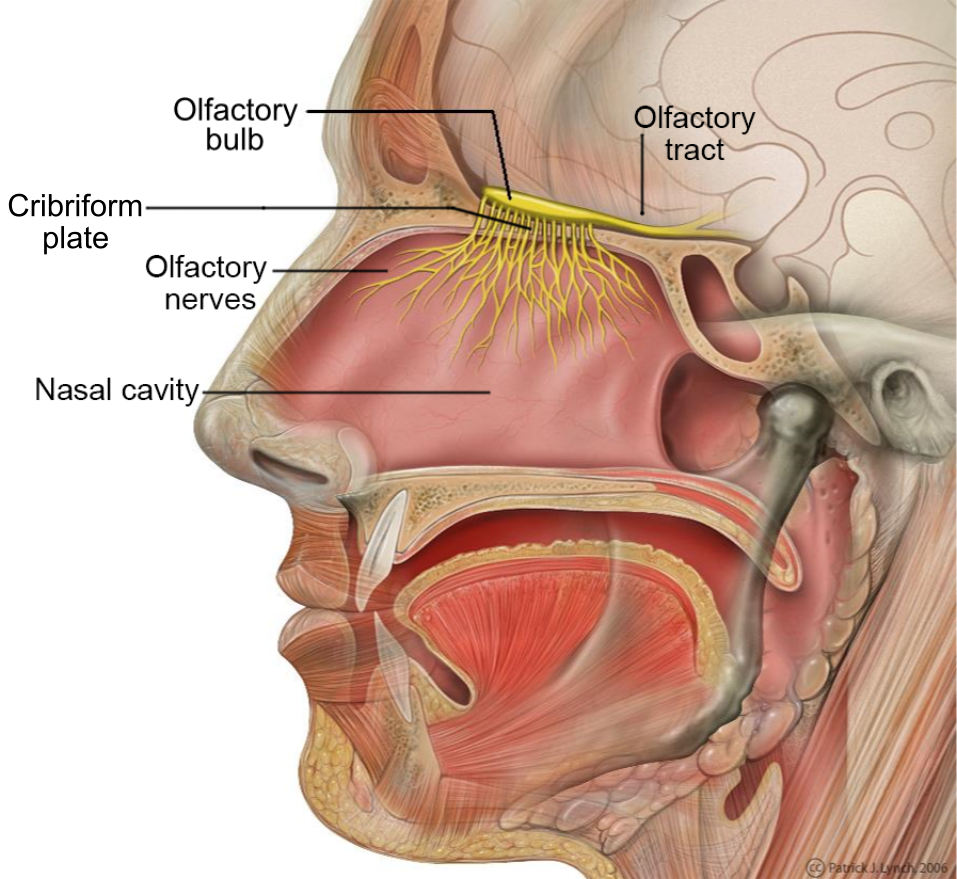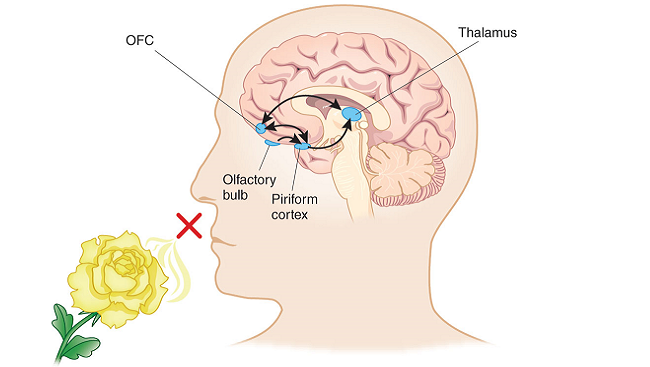Reference




Moonshot's Answer
Odor images, also known as odor representations, are formed at the level of the olfactory bulb through a complex process involving the detection of odor molecules and their translation into electrical signals that the brain can interpret. Here's a summary of how this process occurs:
-
Detection of Odor Molecules: When odorant molecules are inhaled, they bind to olfactory receptor neurons (ORNs) in the olfactory epithelium located in the nasal cavity. Each ORN expresses only one type of olfactory receptor, and the identification of an odor and its intensity depends on the number and combination of activated ORNs 1, 2.
-
Transmission to the Olfactory Bulb: The axons of the ORNs project through the cribriform plate to the olfactory bulb, where they synapse with mitral and tufted cells. These cells are the second-order neurons in the olfactory pathway and play a crucial role in processing and transmitting odor information 3.
-
Formation of Odor Images: The combinatorial activation of these neurons creates a spatial map or "odor image" within the olfactory bulb. This map is thought to represent the quality and intensity of the odor. The spatial pattern of activity across the glomeruli (synaptic structures in the olfactory bulb) encodes information about the odorant molecules 4, 5.
-
Signal Processing: The olfactory bulb also processes the odor information by modulating the signals from the ORNs. This processing can involve amplification, pattern recognition, and the formation of a more complex representation of the odor that is then sent to higher brain areas for further interpretation 6.
-
Direct Connection to Limbic System: The olfactory bulb has direct connections to the limbic system, which is involved in emotion and memory. This allows for the rapid integration of olfactory information with emotional and memory processes, explaining why certain smells can evoke strong emotional responses 7.
In summary, odor images are formed at the level of the olfactory bulb through a series of steps that begin with the detection of odor molecules and culminate in the creation of a spatial map that represents the odor. This map is then processed and transmitted to other parts of the brain for further interpretation and response.
